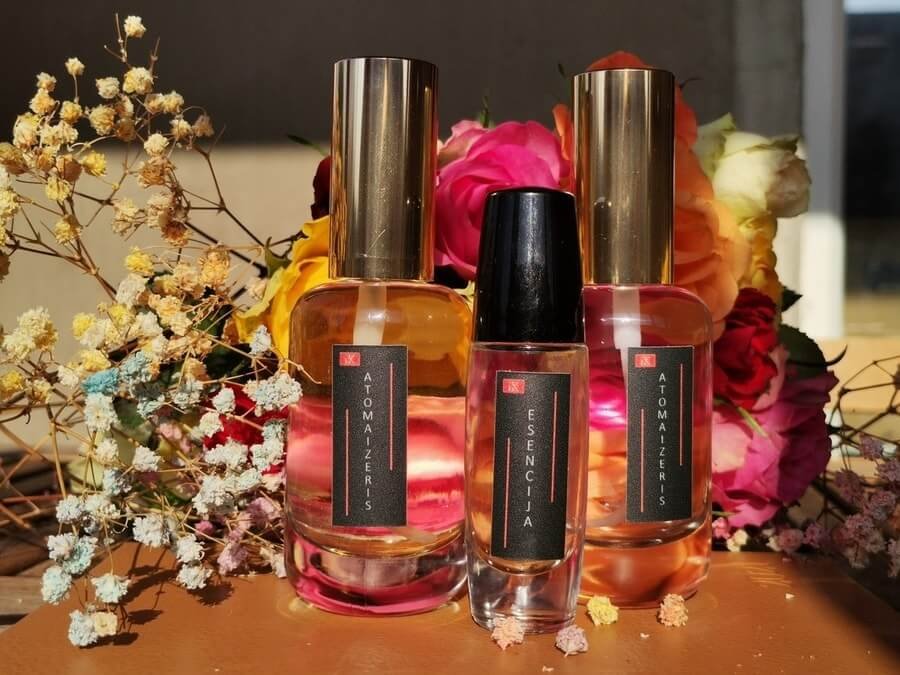The word “niche” itself already indicates that products or services are of interest to a small, specific group of people. In perfumery, the term “niche perfume” is used very often to refer to a completely separate group of perfume producers that are gaining in popularity. But why is that? After all, you’ll almost never see niche restaurants, cafés or beauty experts. So why have they established themselves in perfumery, and do they really remain a niche word if they are becoming available to an ever-growing number of people and even managing to compete with the big brands?
Growing popularity
Niche fragrances are on the rise lately and can outshine even the most famous designer brands such as Chanel, Victoria’s Secret or Armani. The famous perfumer Maison Francis Kurkdjian is already becoming much more popular in Lithuania with its exclusive fragrance line Baccarat Rouge 540. For several years in a row now, both in the physical and online worlds. In the trade, this exclusive fragrance is an irresistible favourite, rivalled only by other niche perfumers such as Tiziana Terenzi or Frederic Malle. So, at least in Lithuania, niche fragrances are beginning to win the indirect battle against mainstream commercial fragrances.

Key differences between niche fragrances
The Fragrance Foundation has divided niche and commercial fragrances into two groups based on their sales strategies. The more readily available a scent is in any shop, the further it is from niche fragrances that do not spend money on mass production or marketing. Usually, the price of a commercial fragrance is quite low for the ingredients themselves. The entire cost is absorbed by packaging, production costs, licences, advertising and the seller’s profits. The more massive the use of a product, the more expensive the final product.




